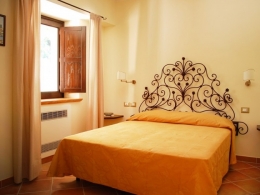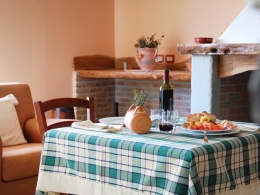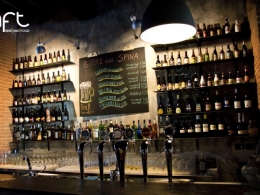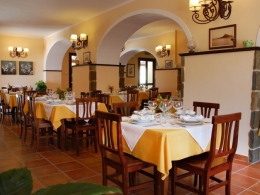Vallo della Lucania
 Sito web: nd
Sito web: ndWikipedia
The town of Vallo della Lucania is a center of business and services. According to historian Giuseppe Maiese, the ancient name of Vallo della Lucania was Castrum Cornutum, from the place of origin of its founders, who came from Cornutum, Dalmatian city, around the 9th century. Although the first mention about the hamlet "Cornuti" dates back to the 13th century in two parchments found in Badia di Cava, in a document of 1052 – as Ebner highlighted– has already been referred to "loco cornito" as a road junction accessible and thriving economic pole, home of a Langobard official.
San Pantaleone's Cathedral (1736)
The Cathedral of Vallo della Lucania is consecrated to Saint Pantaleon of Nicomedia. It has been dedicated to the Turkish saint because at that time (9-11th century) the area was a destination of Greek-Italic monks. The books written in Greek found in the parish archives testify to it. Above the central portal there is a beautiful pipe organ built in 1784 by Silverio and Francesco Carelli. It was commissioned and funded by the ancient Congregation of SS. Sacramento. In the sacristy there are two sheets bearing the effigy of Saint Pantaleon, a work by Vito Formisano. Behind the altar, in the middle of the apse, there is a painting dated 1843 portraying the scene of Saint Pantaleon healing the blind. In the left chapel, also called "San Pantaleone’s chapel", is kept a bust of the Saint, silver coated, which is carried in procession along the streets of Vallo della Lucania on July 27th. The bust was restored to its former glory in 2013 by restorer Caterina Cammarano. It is also kept an ampoule containing the liquefied saint’s blood. In the same Chapel, there is a large painting, in Caravaggio's style, by master Stefano Trapani from Salerno entitled "conversion of Saint Pantaleon". In the right chapel, called “Sala dei Canonici”, there are a beautiful wooden throne with the effigy of our Lady of the Rosary and a wooden crucifix dating back to 1500.
Diocese’s Museum (important art gallery)
In depth
Badia of Santa Maria Of Pattano (9th century)
In depth
During a walk in the town you can see
Piazza Vittorio Emanuele III
Piazza dei Martiri and Fontana dei 4 leoni (Four lions’ fountain)
Church of Santa Maria delle Grazie (14th century)
Chapel of Santa Caterina d'Alessandria, also called “del Crocifisso” (17th century)
Church of Santa Maria della Vittoria, Massa (16th century)
Church of Santa Veneranda, Angellara
Vallo della Lucania - Angellara
30' to the seaside
From € 48,00
B&B / a pers.
















